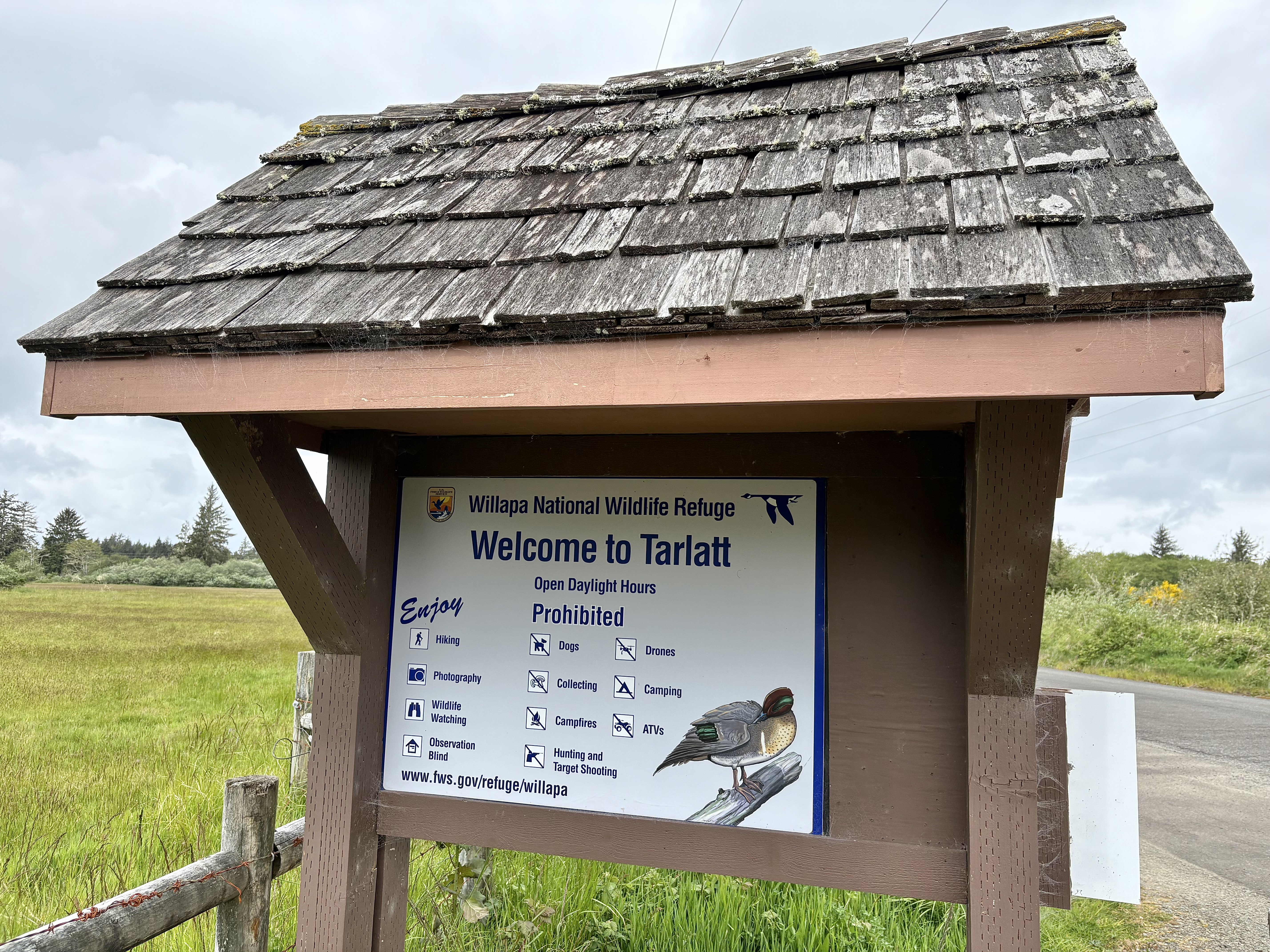Tuna time: first albacore of the season have arrived
Published 11:33 pm Monday, July 8, 2024

- On Saturday, July 6, Larry Johnson Sr. and Larry Johnson Jr., far left, fishing aboard the F/V Fat Cat, returned to Ilwaco from their first trip with 37 tuna. Pictured behind Johnson Sr. is fellow fishermen Craig Brewer. “We went out to the corners, trolled and fished with bait. We had a good a good troll bite and a really good bait bite as well. It was a good day,” Larry Johnson Sr. said.
ILWACO — The albacore have arrived.
Trending
The Pacific albacore tuna season — a prized fishery for local commercial and recreational anglers — kicked into gear last week with the first local landings of the season.
On Saturday, July 6, Larry Johnson Sr. and Larry Johnson Jr., fishing aboard the F/V Fat Cat, returned from their first trip with 37 tuna.
After a slow morning of fishing, the action picked up in the afternoon while roughly 40 miles offshore.
Trending
“We went out to the corners, trolled and fished with bait. We had a good a good troll bite and a really good bait bite as well. It was a good day.”
Commercial tuna
After a tough tuna season last summer, when fish failed to show in significant numbers and markets fizzled, fishermen are hopeful for a rebound this year.
Only 2,016 metric tons of albacore were caught by commercial fishermen in Washington in 2023, less than half the total of 2022 (4,411 metric tons). The 2023 tuna catch was among the lowest totals in the past 25 years for Washington — less than half the 10-year average (5,500 metric tons) — while mirroring record lows in 2021 (1,910 metric tons) and 1999 (2,081 metric tons).
Washington commercial albacore landings languished through the 1980s, reaching a high of only 1,903 metric tons in 1988. The catch rate continued to climb through the 90s, reaching a decade high in 1998 (6,643 metric tons). The highest Washington commercial tuna landing total occurred in 2003 (10,793 metric tons).
As a migratory species, Pacific albacore tuna catch is highly sporadic season-to-season, often dictated by oceanic conditions.
Water temperature is a major factor in determining where the tuna are targeted, typically in blue water with surface temperatures 60 degrees or above. Ideally they can be reached within 50 miles offshore, a reasonable distance for daily charter vessels and day-boat tuna fishermen. The tuna-temperature tracking site nvs.nanoos.org/Fishers on July 9 showed 60 degrees just west of the furthest extent of the Columbia River plume, and a large area of 60-plus water off the central coast of Oregon.
Considered a sustainable species, there are two stocks of Pacific albacore tuna: the North Pacific stock and the South Pacific stock, neither of which face overfishing, according to NOAA stock assessments.
North Pacific albacore, particularly juveniles (two to four years old), typically begin their expansive migration in the spring and early summer in waters off Japan, according to NOAA. They move into inshore waters off the U.S. Pacific Coast by late summer, then spend late fall and winter in the western Pacific Ocean.









